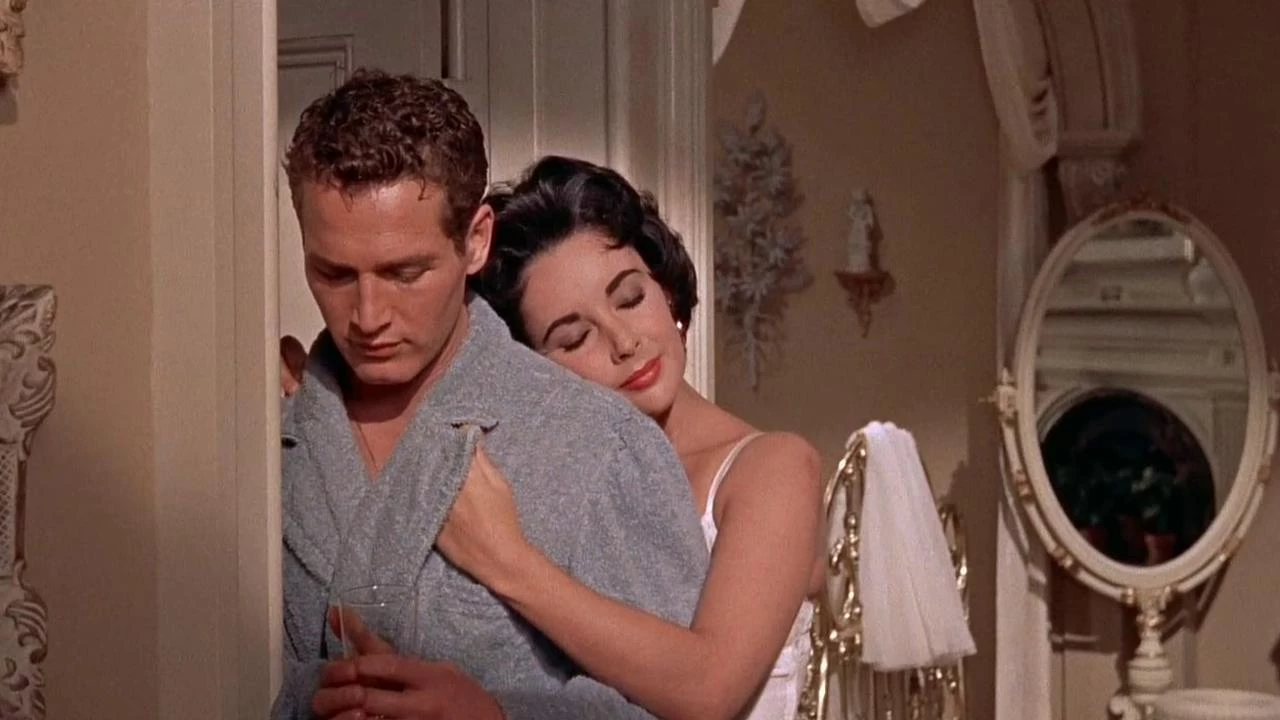Given the Hays Code, Cat on a Hot Tin Roof has toned down an important part from the original play, which is the revelation of what Skipper truly meant to Brick. And given its theater origins, it makes sense that there’s still a sense of staginess as it takes place mostly in one building. However, the film adaptation still works because of its performances. The ensemble is equally great. It helps that every role has solid characterization, but the cast meets that writing by delivering strong performances of these strong personalities. It’s because of these performances that Cat on a Hot Tin Roof managed to stay a classic, keeping the power of the original work even with all the changes.
Synopsis
An alcoholic ex-football player drinks his days away, having failed to come to terms with his sexuality and his real feelings for his football buddy who died after an ambiguous accident. His wife is crucified by her desperation to make him desire her: but he resists the affections of his wife. His reunion with his father—who is dying of cancer—jogs a host of memories and revelations for both father and son.
Storyline
At the Pollitt family reunion, the patriarch “Big Daddy” celebrates his birthday. In attendance are his wife Big Mama, his former footballer son Brick and his wife Maggie, who still remain childless, and his lawyer son Gooper and his wife Mae, who scheme to cut out Brick from the family fortune.
TLDR
Thank you, cinema, for casting Paul Newman and Elizabeth Taylor together.
What stands out
It’s so interesting that a film about a family facing the truth was forced to lie about Brick’s homosexuality because of the Hays Code, but you can still feel the truth, if you pay attention, even if it’s never said in words, because of the acting.







